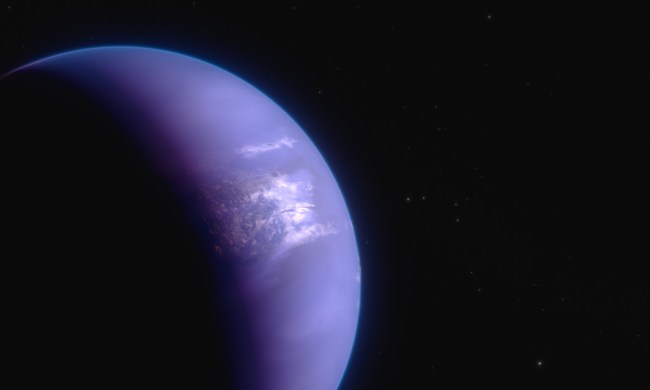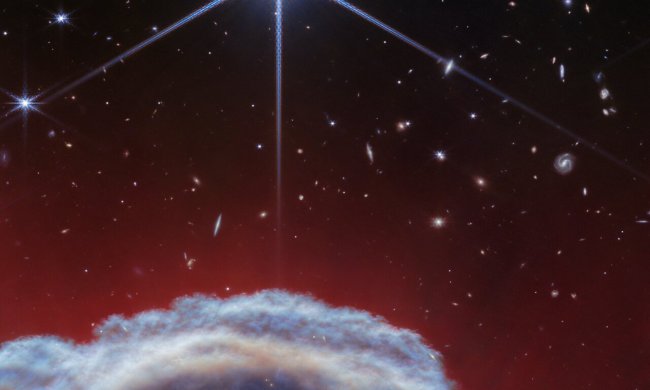With the James Webb Space Telescope getting ready to begin science operations this summer, the researchers who will be using Webb are preparing for their science campaigns as well. Included in the objects Webb will be studying, as well as distant galaxies and far-off stars, are targets right here in our own solar system, as Heidi Hammel, Webb interdisciplinary scientist for solar system observations, explained in a recent NASA blog post.
“I am really excited about Webb’s upcoming first year of science operations!” Hammel writes. “I lead a team of equally excited astronomers eager to begin downloading data. Webb can detect the faint light of the earliest galaxies, but my team will be observing much closer to home. They will use Webb to unravel some of the mysteries that abound in our own solar system.”
Given how powerful the Webb telescope is, it may seem surprising that it is being used to look relatively close to home, in our cosmic backyard. But by observing targets in the solar system, researchers can test the limits of Webb’s capabilities, such as its ability to detect faint light sources (like Jupiter’s rings) which are close to bright light sources (like Jupiter). So not only can we learn about bodies in the solar system, but researchers can also find out more about what kinds of science they can use Webb for in the future.
And there are plenty of examples of missions that can look far afield being used to look in the solar system, like the Hubble Space Telescope which has imaged Jupiter in stunning detail and is used to observe the outer planets, some of which don’t have dedicated missions of their own.
So Webb will look at a variety of targets in the solar system when it begins science operations this summer, as Hammel explains: “Our programs will observe objects across the solar system: We will image the giant planets and Saturn’s rings; explore many Kuiper Belt Objects; analyze the atmosphere of Mars; execute detailed studies of Titan; and much more! There are also other teams planning observations; in its first year, 7% of Webb’s time will be focused on objects within our solar system.”
Included in the planned observations is a study of Jupiter’s moon Europa, which has some intriguing water activity in its environment. Europa is a promising location for searching for habitable worlds beyond Earth as it has a liquid ocean beneath an icy crust, and researchers have observed plumes of water vapor being thrown up from beneath the surface there. Webb will take high-resolution images of Europa to look at its surface and hunt these plumes. If a plume is observed, Webb’s spectroscopy instruments can see what its chemical composition is by seeing what wavelengths of light are absorbed.



